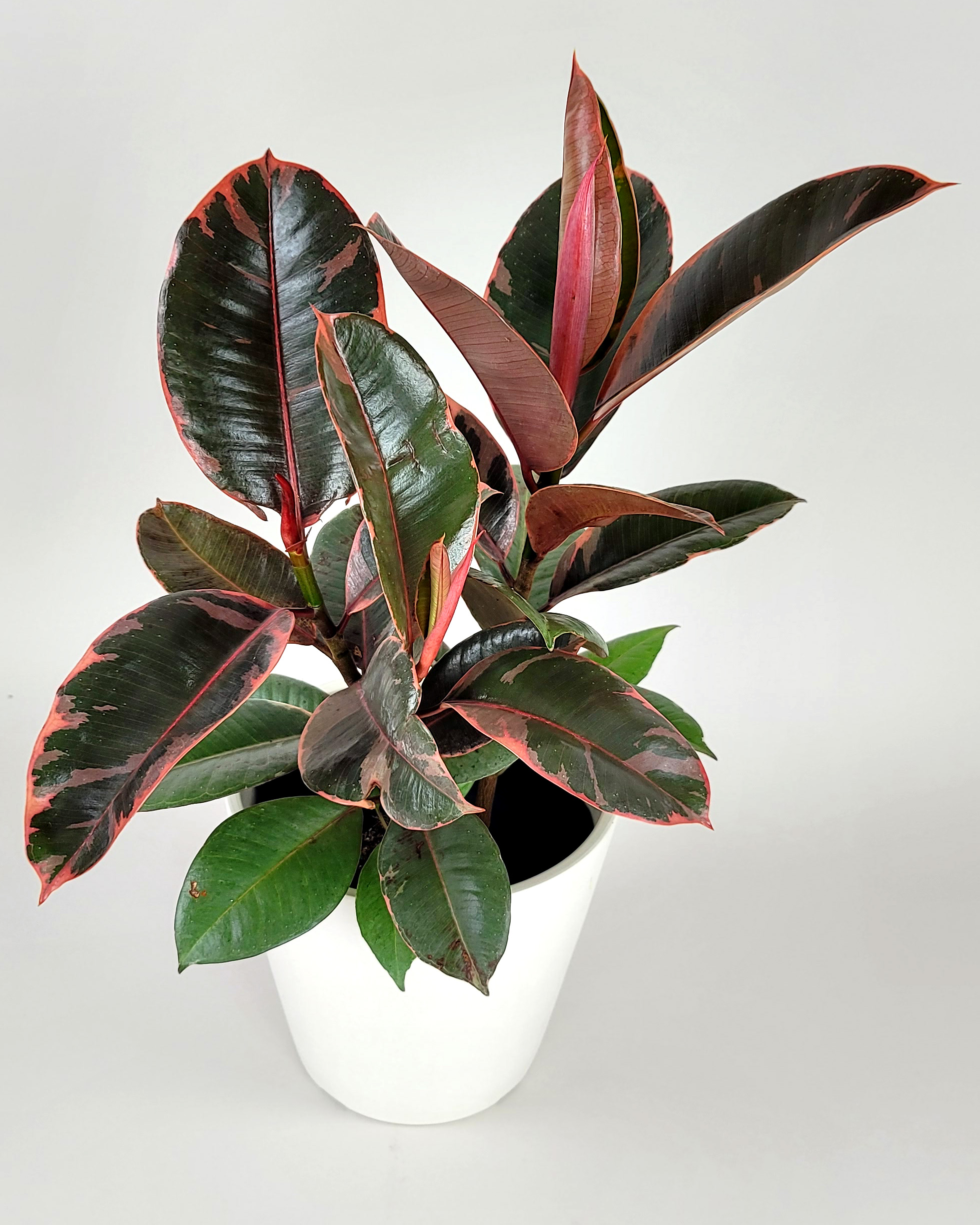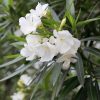Description
Definitely Not Another Boring FicusThe Ficus elastica species is native to Southeast Asia and is commonly referred to as the Rubber Tree due to its historic use in the production of rubber. It has been cultivated for ornamental purposes since the late 1800s and is a popular houseplant due to its attractive glossy leaves and adaptability to a range of different environments.The development of the Ruby Ficus is a testament to the ongoing efforts of plant enthusiasts and breeders to create new and unique varieties of plants that can bring beauty and joy to people’s lives. Its striking and unique appearance has made it a popular choice among plant lovers and interior designers looking for a bold and dramatic addition to their home or office.Caring for your Indian Rubber TreeThe Indian Rubber Tree is a popular indoor plant that is valued for its attractive, glossy leaves and relatively easy care requirements. Here are some tips for caring for an Indian Rubber Tree:LightThe Indian Rubber Tree prefers bright, indirect light, but it can also tolerate lower light levels. Avoid placing it in direct sunlight, as this can scorch the leaves.WateringThe plant prefers consistently moist soil, but it should not be waterlogged. Allow the top inch of soil to dry out before watering it again.HumidityThe Indian Rubber Tree prefers higher humidity levels, so mist the leaves regularly or place the plant on a tray filled with pebbles and water.FertilizerFertilize the plant during the growing season (spring and summer) with a balanced fertilizer every two weeks.PruningPrune the plant to maintain its shape and size, and remove any dead or yellow leaves.PestsKeep an eye out for pests such as spider mites and mealybugs and treat them promptly with an insecticidal soap or neem oil.





